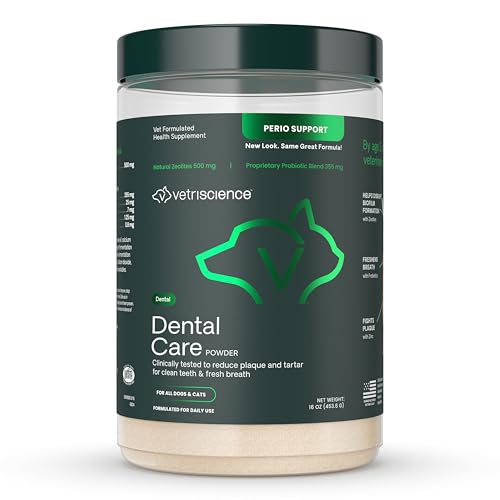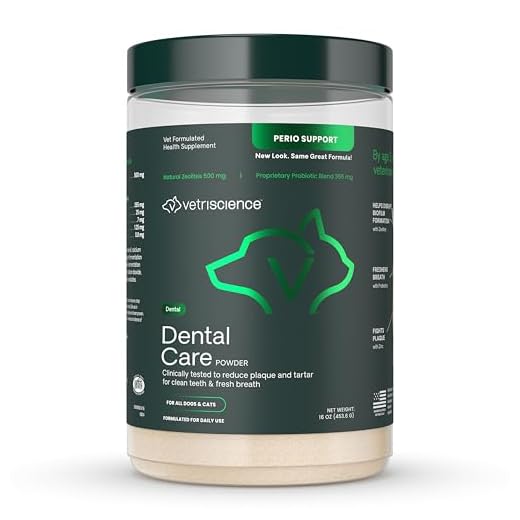

Bright pink and moist surfaces indicate healthy oral tissue in my kind. If you notice a pale or white hue, it may signal anemia, while redness or swelling could point to an infection or gum disease. Regular check-ups with a veterinarian help ensure well-being and catch any issues early.
Pay attention to the texture as well. Smooth and firm areas suggest good health, whereas any roughness or bleeding should raise concerns. Daily dental hygiene practices, like brushing, can greatly contribute to maintaining the optimal state of those tissues.
Always monitor for any unusual changes. A sudden shift in color or texture can be a sign of underlying health problems. Keeping an eye on my human’s approach to my oral health makes a significant difference in my quality of life.
Normal Gum Color in Healthy Felines
The ideal coloration for healthy felines’ oral tissues is a soft pink. Variations can exist based on individual factors, but a consistent pink hue indicates good health. Any significant deviation from this shade may warrant a closer examination.
Signs of Healthy Oral Tissue
Monitor for the following characteristics in the mouth:
| Observation | Healthy Indicator |
|---|---|
| Color | Light pink |
| Texture | Smooth and moist |
| Swelling | No swelling or lumps |
| Bleeding | No signs of bleeding |
If the tissue appears pale, yellow, or red, this could indicate underlying health issues such as anemia, liver problems, or inflammation. In such cases, consulting a veterinarian promptly is advisable.
Maintaining Healthy Oral Hygiene
Regular dental care is essential. Consider using shampoo for cats with sensitive skin to help maintain overall hygiene. Additionally, dental treats and regular check-ups will support oral health and prevent potential issues before they arise.
Signs of Gum Disease in Felines
Pay attention to these indicators: persistent bad breath, which can signal underlying issues. If there’s noticeable redness or swelling around the edges of the mouth, that’s a potential red flag. Watch for any bleeding during eating or when gently touching the mouth area. If your companion starts avoiding hard food, it may indicate discomfort or pain. Excessive drooling or pawing at the mouth can also suggest problems.
Behavioral Changes
Changes in eating habits often accompany oral health issues. If I start to eat less or show reluctance toward treats, it’s time for a vet visit. Increased irritability or withdrawal from playtime can also be signs. I might not be my usual playful self if something’s bothering me in my mouth.
Physical Signs
Yellowish tartar buildup on teeth or a thick layer of plaque can be observed. If the color of the tissue inside the mouth shifts to a darker shade or becomes inflamed, it indicates trouble. Any lumps or growths in the mouth should be examined. These can signify more serious conditions that require immediate attention.
What to do if your feline’s gums appear pale
If I notice my gums looking pale, I alert my human immediately. This can indicate anemia or other health issues requiring prompt attention. It’s essential for them to schedule a vet visit as soon as possible.
<p Regular monitoring of my mouth is important. My human should gently lift my lip to check the color of my tissue regularly. If the color changes to a lighter shade than usual, it's a red flag.
<p While waiting for the vet appointment, keeping me calm and stress-free is crucial. Providing a comfortable space will help. Ensure I have access to fresh water and maintain a balanced diet to support my overall health.
<p Make sure to keep track of any other symptoms I may exhibit, like lethargy, loss of appetite, or unusual behavior. Sharing this information with the veterinarian will aid in diagnosis.
<p After the vet evaluates me, follow their recommendations. Treatment may involve dietary changes, supplements, or other interventions based on the underlying cause of my condition.
Identifying gum inflammation in felines
Redness, swelling, or bleeding around the teeth signals inflammation. Pay attention to the edges of the soft tissue; they should be smooth and uniform. If you notice any irregularities or bumps, it’s time to take action.
Monitor behavior closely. If your furry friend is reluctant to eat or shows signs of discomfort while chewing, this could indicate an underlying issue. Excessive drooling or pawing at the mouth often accompanies inflammation.
Use a flashlight to inspect the mouth gently. A healthy mouth exhibits a light pink hue, while inflammation may present as dark red or even purple patches. If the tissue appears shiny or ulcerated, veterinary attention is essential.
Regular dental check-ups are vital. Schedule visits every six months to ensure any potential problems are caught early. Ask your veterinarian about at-home oral care to maintain optimal health.
How to Maintain Your Cat’s Gum Health
Regular dental cleanings at the vet’s office are crucial for keeping my mouth in top shape. I recommend scheduling these check-ups at least once a year to catch any issues early.
Daily brushing is a game changer. Using a feline-friendly toothpaste and a soft brush makes the experience more pleasant. I purr with joy when my human takes the time to brush my teeth; it helps prevent plaque buildup and keeps my mouth fresh.
Providing dental treats or toys designed to promote oral hygiene helps keep my gums healthy. Chewing on these can reduce tartar and encourage healthy gum tissue.
Monitoring food choices is equally important. A balanced diet rich in nutrients supports overall health, including strong gums. My human ensures that my meals contain high-quality proteins and essential vitamins, as they play a key role in maintaining gum integrity. For more details on proteins, check this link: where are proteins created.
Lastly, paying attention to any changes in my oral health is vital. If I seem to be more finicky about food or show signs of discomfort, it’s time for a vet visit. Regular monitoring helps catch potential issues before they escalate.
Consulting a Veterinarian
Seek veterinary advice immediately if the color of my oral tissues shifts to a shade of blue, yellow, or white. These changes can indicate serious health issues that require prompt attention.
Additional Signs to Watch For
- Persistent bad breath that doesn’t improve with regular dental care.
- Difficulty eating or chewing, leading to noticeable weight loss.
- Excessive drooling or noticeable discomfort while eating.
- Swelling or redness along the oral margins.
- Behavioral changes, such as increased irritability or avoidance of contact.
If any of these symptoms appear, don’t hesitate; schedule an appointment. Early intervention can prevent further complications.
When Routine Check-Ups Are Necessary
Regular veterinary visits should occur at least once a year. During these check-ups, the vet will assess my oral health, looking for signs of disease or other issues.
If I have a history of dental problems, more frequent evaluations might be warranted. Always keep track of any changes in my behavior or health to discuss with the vet during these visits.
FAQ:
What color should a cat’s gums be?
A healthy cat’s gums typically appear pink and moist. The shade can vary slightly among individual cats, but a consistent pink color is a good indicator of their overall health. If you notice that your cat’s gums are pale, white, or blue, it may signal a health issue, and it’s advisable to consult a veterinarian as soon as possible.
How can I check my cat’s gum health at home?
To assess your cat’s gum health, gently lift their lips and examine the gums. Look for a uniform pink color and check for any swelling, bleeding, or sores. You can also press gently on the gums; they should return to their normal color quickly after you release your pressure. If you notice any abnormalities, such as discoloration or persistent bad breath, it’s best to seek veterinary advice for further evaluation and care.









